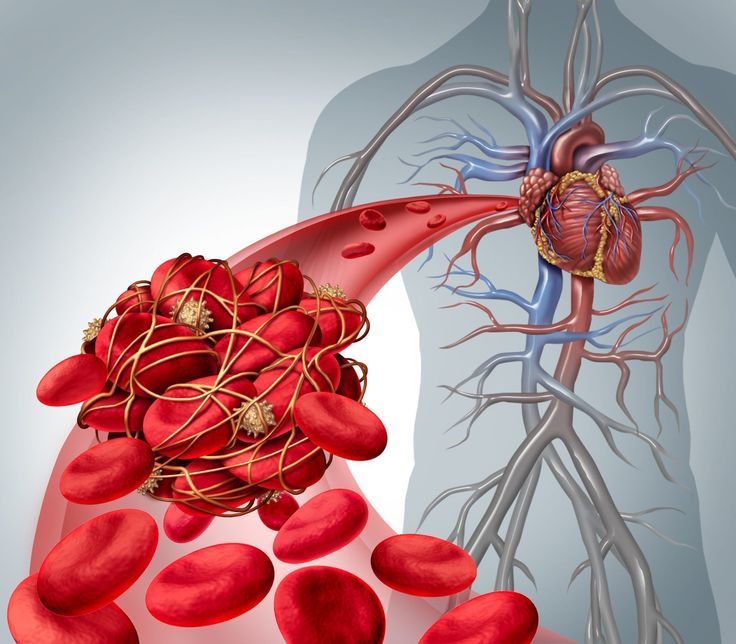Sickle cell anemia is a hereditary blood disorder characterized by abnormally shaped red blood cells that can lead to various complications. This blog will delve into the causes, complications, and management strategies for sickle cell anemia.
Body:
-
Causes:
- Caused by a mutation in the HBB gene, leading to the production of abnormal hemoglobin (HbS).
- Inherited in an autosomal recessive pattern, meaning both parents must carry the gene.
-
Symptoms and Complications:
- Chronic anemia, fatigue, and pain crises due to blocked blood flow.
- Increased risk of infections, stroke, and organ damage.
- Acute chest syndrome, a severe lung-related complication.
-
Diagnosis:
- Blood tests to detect sickle-shaped cells and hemoglobin electrophoresis to confirm HbS.
- Prenatal testing for at-risk pregnancies.
-
Management and Treatment:
- Hydroxyurea: A medication that reduces the frequency of pain crises and need for blood transfusions.
- Blood Transfusions: Used to manage severe anemia or prevent complications like stroke.
- Bone Marrow Transplant: The only potential cure, though it's not widely available for all patients.
- Supportive Care: Pain management, hydration, and regular health monitoring.
Conclusion: Sickle cell anemia poses significant challenges but can be managed effectively with the right approach. This blog provides medical students with crucial information on the condition's management and its implications.



























